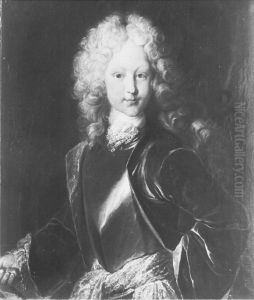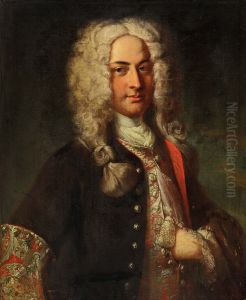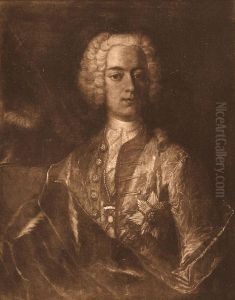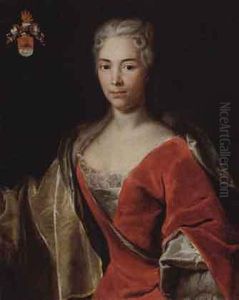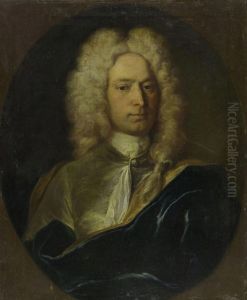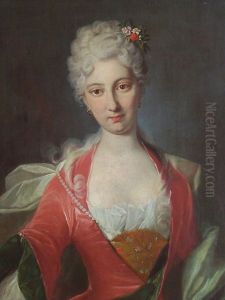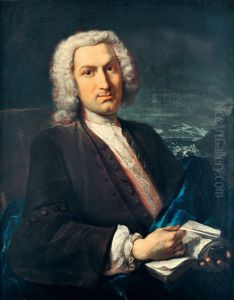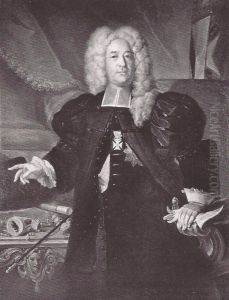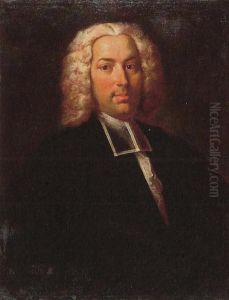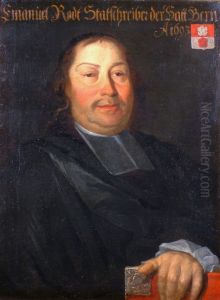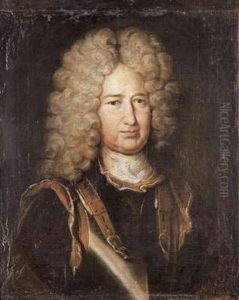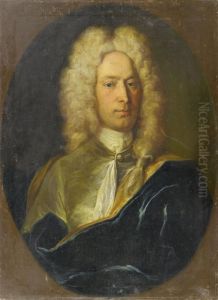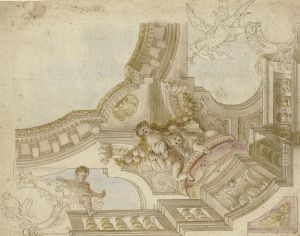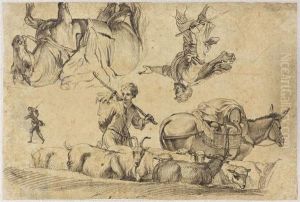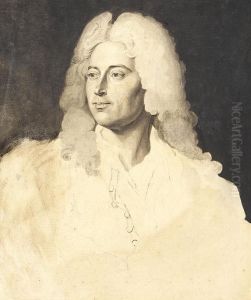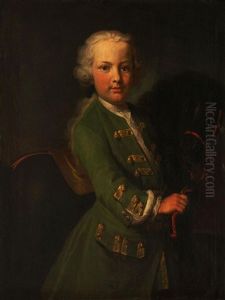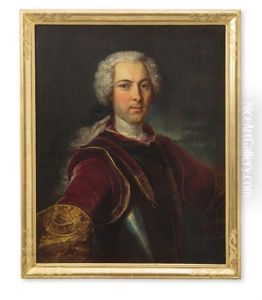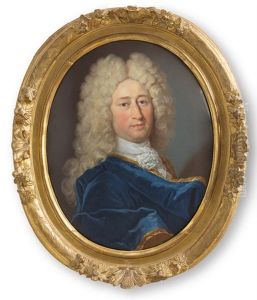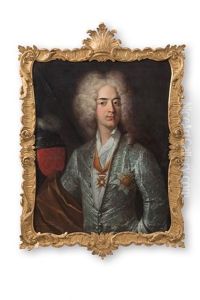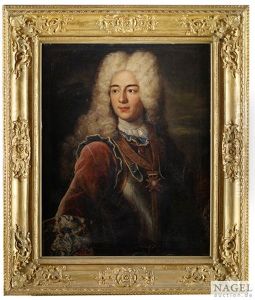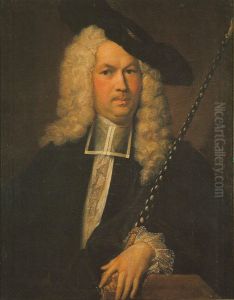Johann Rudolf Huber Paintings
Johann Rudolf Huber was a notable Swiss painter, born in Basel in 1668. Coming from a family with a strong artistic pedigree, Huber was destined for a career in the arts. His uncle, Johann Jakob Huber, was also a painter, which provided Johann Rudolf with early exposure to the world of art. He initially trained under his uncle before venturing to Paris to further his studies. There, he was influenced by the works of contemporary French artists, which would play a significant role in shaping his future artistic style.
After his stay in Paris, Huber traveled extensively throughout Europe, including a significant period in Rome, where he was deeply influenced by the Italian masters. These experiences broadened his artistic perspective, merging Swiss influences with broader European techniques and sensibilities.
Returning to Switzerland, Huber quickly established himself as one of the leading portrait painters of his time. His work was characterized by a remarkable ability to capture not just the physical likeness of his subjects but also their personality and status. He was particularly adept at depicting members of the nobility and the bourgeoisie, which earned him numerous commissions from prominent Swiss families and the European aristocracy.
Beyond portraiture, Huber was also known for his historical paintings and allegorical works. These pieces were celebrated for their detailed composition, vivid portrayal of scenes, and the skillful use of color. Huber's contributions to Swiss art were significant, helping to elevate the status of Swiss painting in the 17th and 18th centuries.
Johann Rudolf Huber's legacy is preserved in the collections of various Swiss museums and in private collections around the world. His influence extended beyond his lifetime, contributing to the development of Swiss art and inspiring future generations of Swiss artists. Huber passed away in Basel in 1748, leaving behind a rich body of work that continues to be studied and admired for its artistic merit and historical significance.

